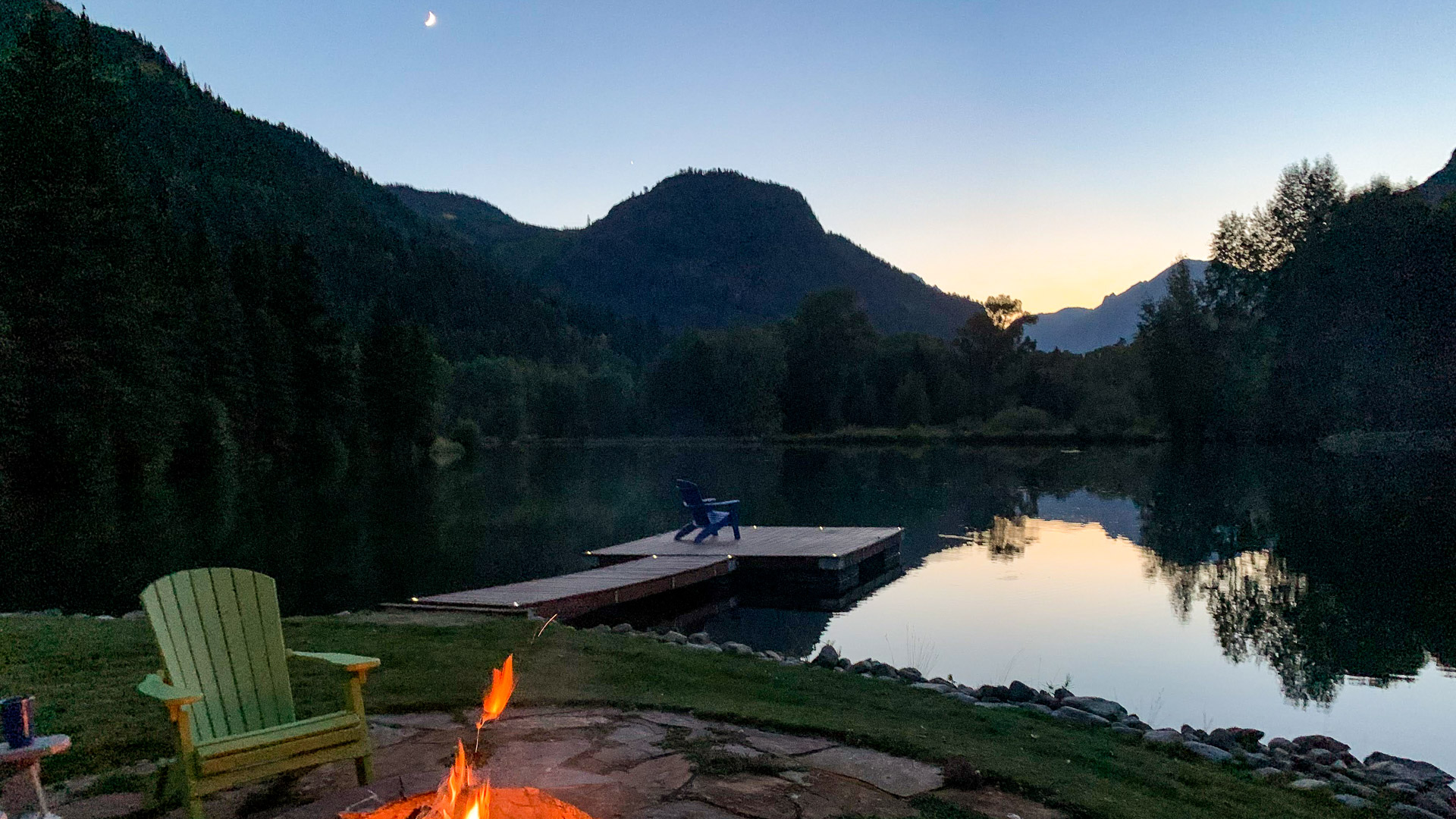
It is estimated that only 10% of the world’s population can see the Milky Way due to light pollution. That makes nights just staring at the stars in the sky that much more special. One of the best things about viewing the sky is that it is a cheap hobby that you can do with family and friends of all ages. Whether you are gathered around the campfire or out on an evening hike, these tips will help you make the most of your gazing.

Get Out Of Town
High and wide open spaces, where you are able to view as much of the sky as possible, including the horizon, are the best places for sky viewing. Get away from the light pollution that comes from car headlights, house and building lights, streetlights and more — all of those things wash out the sky. A darker sky equals more stars. NASA suggests going at least 20 to 30 miles out of the city.
The International Dark-Sky Association designates communities, state parks and national parks as Dark Sky places based on lack of light pollution. Check here if you would like to find a destination for your next sky viewing.

Let Your Eyes Adjust
It takes time for your eyes to adjust to the darkness. Astronomers estimate it takes about a half-hour for dark adaptation. It may be tempting to grab your phone to pass the time, but the light from the screen will take away from your eyes’ ability to adapt. Many gazers choose to lie down on their backs and look up to help their eyes adjust.
If you need to use a flashlight or something to light your way/for safety, you will want to use a flashlight or headlamp with a red filter. You can take paper or red cellophane and wrap it around a flashlight or phone to create one. A red bicycle light is also a great tool for helping see in the dark that won’t affect your eyes’ ability to adapt to the dark.

Timing Is Important
Celestial events take place year-round, from meteor showers to eclipses. One of our favorite events is the Perseids meteor shower that occurs every August. Plan your night sky viewing with a celestial calendar if you want to see particular events. Here is one of the calendars we use to plan. A few other places to check are space.com and skyatnightmagazine.com.
Winter skies are often the clearest skies to observe at night. The haze and blur at night that come from humid and hot summer days is nonexistent. Planets and comets are often best viewed about a half-hour before or after sunset, depending on the time of year.
You will want to choose a good time for nighttime sky views according to what phase the moon is in. A new moon, or when the moon is in a crescent phase, is the best time as the moon’s light will not be a factor. But, if you are interested in seeing details of the moon through a telescope, choose a time when the moon is waxing or waning.

Know What To Look For
Use tools (mentioned below) to help you know what can be seen in the sky given your location, time of year and time of day. Many stars and planets can be seen with just the naked eye, while others may take a tool to help you find them.
After your eyes have adjusted, begin to look for stars and constellations creating patterns in the sky. Planets and satellites will also come into view as your eyes adjust. The longer you look to the sky, the more likely you will see a shooting star or meteor. According to astronomy.com, as many as two to seven meteors shoot across the sky every hour. Ask an Astronomer says that you can expect to see a shooting star every 10 to 15 minutes.
The southern skies are often the best for viewing because the South Pole faces the Milky Way. The Milky Way is low in the sky in the winter and high in the sky in the summer. Different seasons bring out different constellations as the earth revolves around the sun.
See a bright light that isn’t twinkling and seems stationary? That is most likely a planet. If you see something tracking across the sky fairly quickly and it isn’t a plane, it is most likely the International Space Station or a satellite. In fact, you may think the space station is a planet as it is the third brightest thing in the sky. Quickly that will change, though, as you begin to see it move rather quickly across the sky.

Use Some Tools
Star charts and star wheels are a great tool for identifying stars and constellations by position in the sky. Stellarium, SkyView (the lite version is free and often all you will need) and Star Walk 2 are some of our favorites. Be sure to use the apps in red light mode, so that white light does not interfere with your dark adaptation.
If you are just a beginner, using high-powered binoculars (10×50) may be a better place to start than investing in a telescope. Once you have mastered adjusting the binoculars for success, move on to a simple telescope. You may find a local library or astronomy club that will let you borrow a telescope for those first views. We love NASA’s website for all kinds of tricks of the trade.

Great Minds Think Alike
Libraries, state parks, national parks and planetariums hold events for night sky enthusiasts. It may be a full moon hike, or it may be more specific to an astrological event. These events bring gazers together and offer a great opportunity to learn tips and tricks while sharing a passion. Try the Night Sky Network to find a club near you.
Night sky photography classes are a great way to learn how to take photos of the stars and are offered by companies including REI and local astronomy clubs. Through the National Park Service, kids can even earn a Junior Ranger Night Explorers badge.

Have Fun
One of the world’s biggest marvels, viewing the night sky offers the opportunity for stillness and peaceful quiet. Being able to easily find planets, specific stars and more takes time and practice. Don’t expect to be able to identify or spot a comet without lots of practice, either with the naked eye or with a pair of binoculars or a telescope. The more you view the sky, the better you will become. Relax, take deep breaths and be grateful for the opportunity to be away from civilization.





